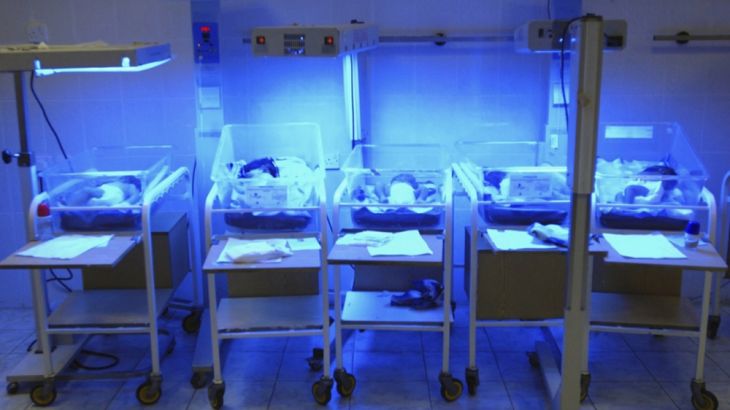
Behind America’s Infant Mortality Crisis
Fault Lines investigates why, despite advanced prenatal care, so many infant lives are at risk in the US.
Ten years ago, in November 2006, Al Jazeera English was launched. To mark that anniversary, we’ve created REWIND, which updates some of the channel’s most memorable and award-winning documentaries of the past decade. We find out what happened to some of the characters in those films and ask how the stories have developed in the years since our cameras left.
Every year, in the United States over 11,000 babies die on the day they are born. Most of them are just born too early, with their vital organs, heart and lungs, still unformed. And even those who survive beyond 24 hours often die before their first birthday.
Keep reading
list of 4 itemsDeadly Sahel heatwave caused by ‘human-induced’ climate change: Study
Woman, seeking loan, wheels corpse into Brazilian bank
UK set to ban tobacco sales for a ‘smoke-free’ generation. Will it work?
In 2013, Fault Lines went to Cleveland, Ohio, which at the time was experiencing one of the highest rates of infant mortality in the industrialised world – disproportionately affecting African American mothers.
“Just under 40 percent of the babies that are born are African American, but they contribute to 70 percent of the babies who die in the first year of their life. So you have this huge, huge disparity and that’s kind of business as usual, it’s been going on for decades,” says Dr Arthur James, the co-director of Ohio Better Birth Outcomes.
In Cleveland, the “infant mortality capital” of the US, the rates of premature birth and infant death in many neighbourhoods exceed those of developing nations. So what is causing these deaths? And what is being done to stop it?
Sebastian Walker went inside the neo-natal intensive care unit at Cleveland’s public hospital as doctors rush to save the lives of the city’s premature infants.
Since the documentary was made, the racial gap has grown wider and many mothers continue to experience tragic loss. In 2016, the state of Ohio announced $26.8m to combat infant mortality after death rates rose again in 2015.
In September 2016, the Ohio Senate also passed a bill that aims to decrease the state’s high infant mortality rate by improving data access and reporting on infant mortality, holding hospitals and other providers accountable for making sure parents receive pre- and post-natal education and support.